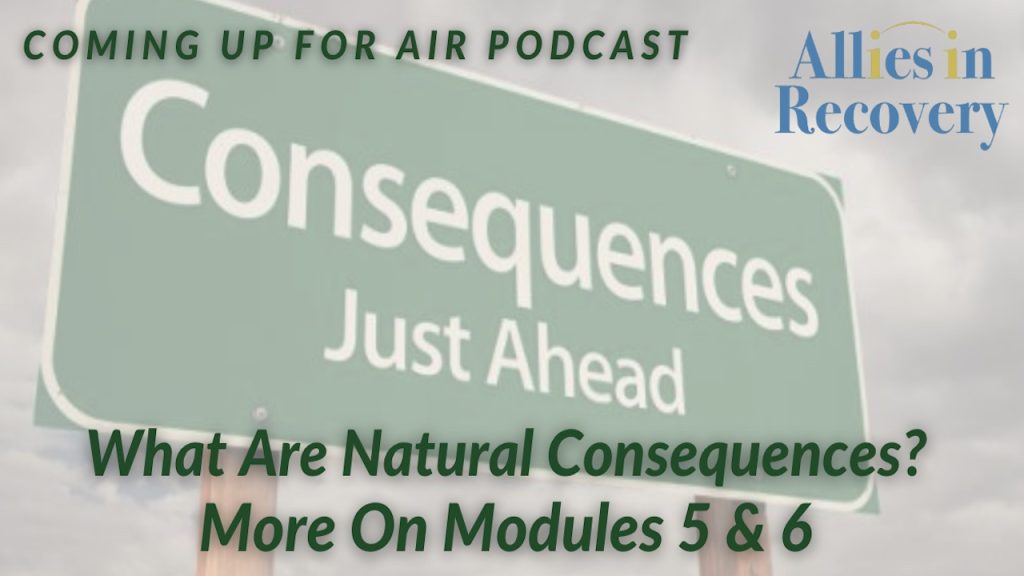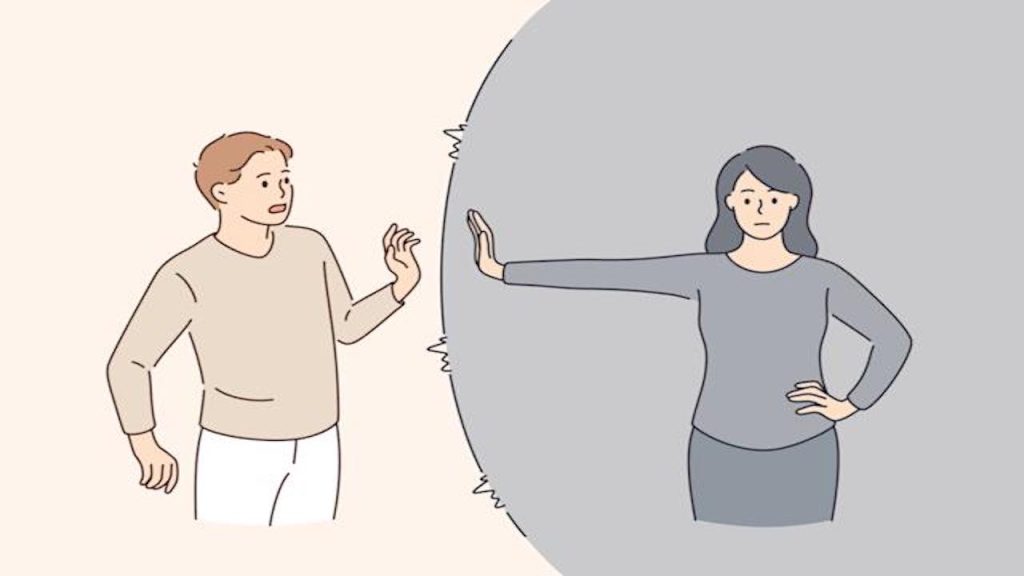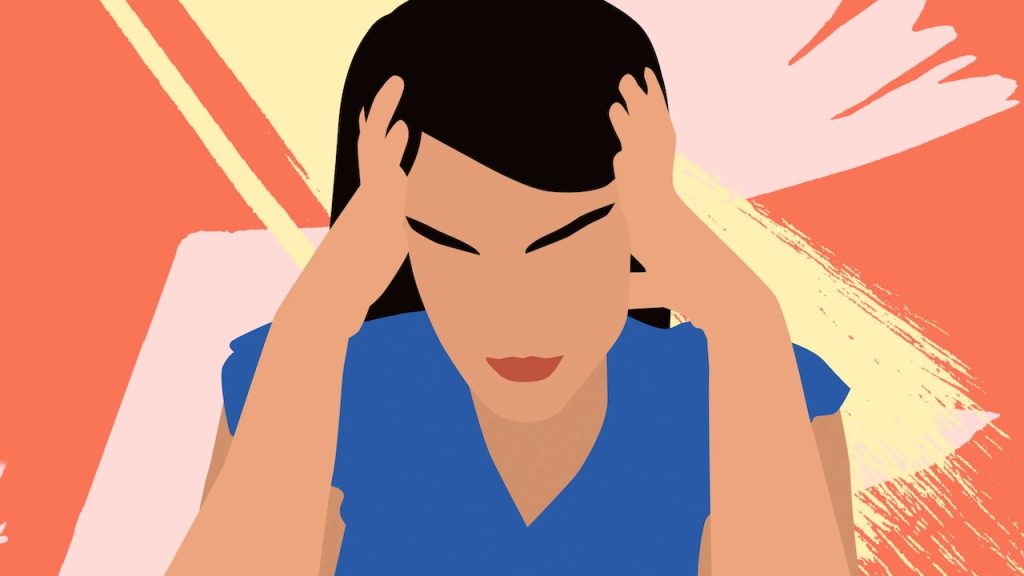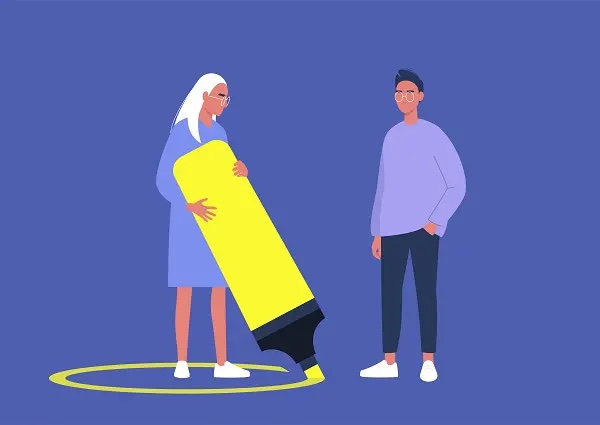Is it okay to hold his tax refund if he will spend it on drugs?

This worried mom is torn about what to do with her son’s tax refund when it arrives. Can she prevent him from using it for drugs? Is she being manipulative if she holds it back? Allies in Recovery points out that with drugs, “it’s not a fair fight,” and this might be a good opportunity for a talk with her son about his substance use disorder (SUD). Read on for some CRAFT (Community Reinforcement and Family Training) approach ideas to help figure out this conundrum and get helpful suggestions.
“Hi. I am struggling with what to do when my son’s tax check is mailed here. He is anxiously awaiting it. Do I send it to him knowing it will mostly go to drugs and alcohol? Do I save it for him to pay his rent with? (I can do this directly, but I’m not sure this is helping either. He is 28. Do I stall and say it didn’t come yet for as long as I can? I just can’t seem to make my way to a decision. I know I shouldn’t manipulate him and that it is HIS money, but it’s so hard to watch him kill himself with it. Thanks for your support.”
[this question originally appeared on the AlliesinRecovery.net member Q&A blog]
Thanks for this question. As the saying goes, this conundrum is as old as the hills.
At 28 years of age, does he deserve his own tax refund? In theory, yes of course. Clearly though, you wouldn’t be asking these questions if your son were on track in his life, with healthy, productive instincts and behaviors. You know him and his substance use well, and you’re pretty sure he’ll put this money towards drugs or alcohol. You don’t see a good side to handing him that check.
As our Director says, “this isn’t a fair fight”
I believe you may be right not to do so. Let me tell you why.
In my years collaborating with Director Dominique Simon-Levine at Allies in Recovery, I’ve often heard her use the phrase “this isn’t a fair fight” in such circumstances. At first, I was surprised and confused. In all her speech and writing, she’s expressed the utmost respect for loved ones with Substance Use Disorder—so why was she condoning “sneaky” means of achieving CRAFT-y goals?
EMPOWER CHANGE IN YOUR FAMILY. CLICK HERE.
I soon came to see what this was about, however. It wasn’t about “descending to your loved one’s level” or believing that as long as your goal was pure, you could sacrifice your morals. Her subtle point, I believe, is more about loosening up on your own lofty standards for yourself, and quieting your inner critic. We want to be model humans for our children. We want to be irreproachable (especially in the face of loved ones whose lives are derailing). We want to win the fight on the sole strength of our morals, our devotion, and our patience.
All of these qualities are important, don’t get me wrong. But when you’re working with the CRAFT program at AlliesinRecovery.net, you have other guiding principles—all based on a deep respect for your loved one and the desire to improve your own life and theirs. If you’ve been through the modules and you’re in basic agreement with the CRAFT model and how it functions, I believe you can relax a bit about this type of dilemma.
It’s not about shaming.
Boiling it down to “reward them for non-use” vs. “remove rewards during moments/times of use” might help you see things more clearly. Is he using right now? Would this money lead him to more use or somehow support non-use? We go over these important CRAFT concepts in our eLearning Modules for site members on AlliesinRecovery.net
In another Q&A blog post about finding drug paraphernalia in a son’s room, Dominique addresses the question of the “fair fight.” She stresses that in order to be successful with CRAFT, families simply need to gather evidence/information. This is not in order to grill their loved ones, shame them, rub their face in it, or make them explain. It’s to better know what they’re using and when, and to be better at recognizing moments of use and non-use.
In another Q&A post which also alludes to the “fair fight,” Dominique writes about keeping secrets for our loved one. She explains that doing so often prevents them from feeling the “natural consequences” of their substance use, and is thus counter-productive with what we’re trying to achieve with CRAFT. In fact, allowing “natural consequences”, when not dangerous, can be productive, helping the loved one see what their substance use leads to.
Check out our eLearning Modules 5 (My Loved One Isn’t Using Right Now, Now What?” and 6 (My Loved One is Using Right Now; Now What?” for a refresher on how to use the system of rewarding/removing rewards.
An opportunity for a short, pointed talk
Could this situation be an opportunity to talk with your son, or otherwise express some of what you’re struggling with? Here’s an example of what you might say:
“Dear (son’s name), I’m getting help myself about how to work with you. I feel sick about giving you your tax refund. I know it’s your money. But I can’t help thinking you’re going to buy drugs with it, and I just can’t be a part of that. Is there another way I can get you the money? Like advance paying your rent or getting your car fixed? Or putting it in a savings account for [something he’s wished for in the recent past, including treatment if he’s been receptive]? I can’t just hand over the money to you. I’m sorry.”
This dialogue suggests how you can combine your desire not to contribute to his use with your desire to support him in non-using behaviors, all the while communicating authentically about what you’re feeling. CRAFT is beautiful that way. Just because he might use the word “manipulating” to describe your desire to protect him from himself doesn’t mean that’s what you’re actually doing. You can see more strategies for communication in our eLearning Modules on AlliesinRecovery.net
We also suggest you listen to our podcast on “wishes and dips,” opportunities to listen for with your loved one, so you can broach the subject of recovery and/or treatment. Here’s the podcast episode: Wishes and Dips.
Keep at it. This is a good question for you to be raising. You’re on the right track!







